Last Friday, PAUSD’s Chief Academic Officer of Elementary Education asked the TOSA Team to reflect on our work so far this school year. What was I proud of? This being my third year in the role as a Math & STEAM Coach, what was I proud of? The transition to our new math curriculum sure makes the list. Co-facilitating the STEAM Inquiry Group with my colleague, Leslie Faust, is a definite thing. Supporting teachers and students in their math, STEAM, & inquiry based instruction definitely stands out.
How did I answer the question of what I was proud of? I am proud of partnering with teachers who have been “harder” to reach the past two and a half years.
There are many teachers who I have had the pleasure & privilege of partnering with and have made many connections with. And there are those who I have never worked with or have invited me to do a demo lesson once in the past two and a half years mainly because their principal made it an expectation. Those are the teachers, who I am working with this year, that I am proud of - of continuing my effort to partnering with them. Some of them have forever had their doors closed to TOSAs and coaching. Maybe it’s because they’ve had previous bad experiences with TOSAs. Maybe it’s because of a perception that they’re being judged. No matter the reason, they have always resisted any support. This year some of those resistors have opened up to my support. I’ve had the opportunities to co-plan with them, analyze student data, share resources, model lessons for them, and asked for their feedback. I am reminded of one of Simon Sinek’s quotes.
Patience
I’ve wanted to work with those teachers and their students since I first started as a coach. I’ve looked for opportunities, listened for access points, and partnered with their principals to identify how I can support. However, it never happened in the past two years. My efforts never stopped though. I remained patient. I kept listening for access points. I kept partnering with the principals. I kept making conversations, offering support AND asking for their input. I remained patient and trusted that an opportunity will come.
Timing
Another factor was timing - not anything on my end with timing but timing on the part of the teachers. Coupled with being patient, it was about their timing. The timing wasn’t right during the past two years. This year they were ready, they were open. The timing was right for them. The timing of content, the timing of struggles, the timing of process, ... The timing was right this year. It’s similar to sharing a message. You can say the same thing multiple times, but the listener may not hear it until the timing is right for them.
Readiness
Just like timing, readiness was another factor. The teachers’ timing and readiness were in place. They were ready. However, when I say readiness, I mean my readiness. I stayed ready. I know I can’t control the teachers’ readiness for support, but I could control my readiness to provide support. So I stayed ready. I stayed ready for when the timing was right, for when they were ready. I stayed ready to listen. I stayed ready to provide resources. I stayed ready to co-plan. I stayed ready.
I am indeed proud of being able to partner with teachers who I haven’t had the pleasure and privilege of working with during the past two years. The work with them may be at beginning stages compared to partnerships I have with others over the course of two years, but it’s work I’m proud of.
There are still teachers with whom I haven’t partnered with yet. There are still some resistors. But I will be patient. I will prepare for the right timing. I will stay ready. If and when I get that opportunity, I know I will be proud of that too.
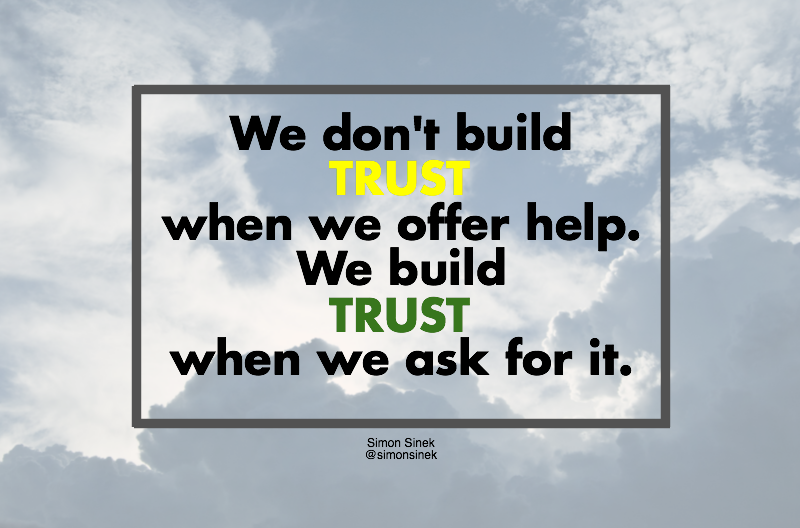
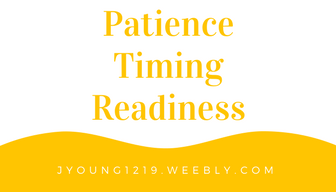
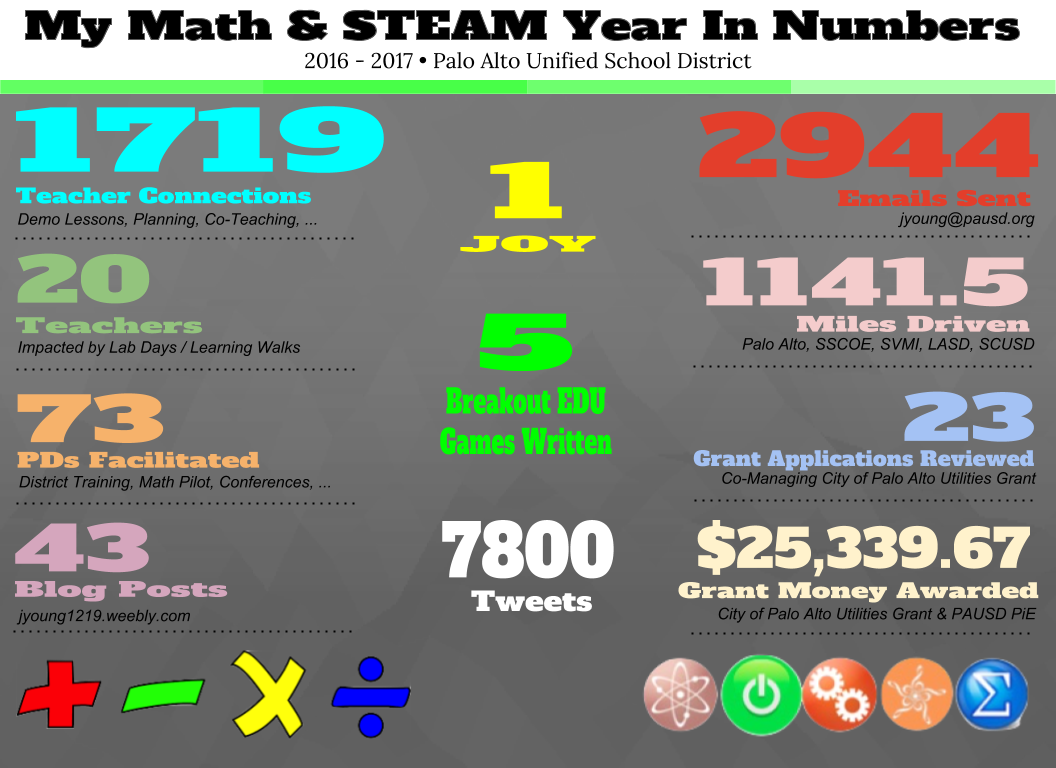
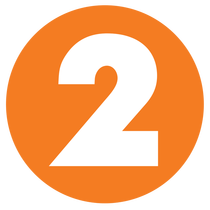
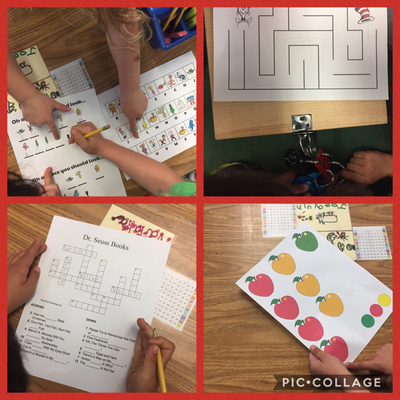
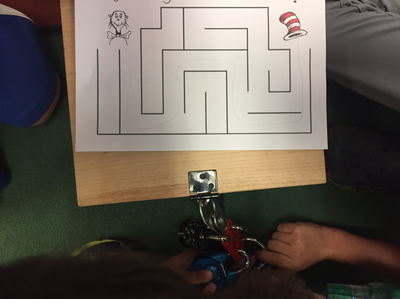
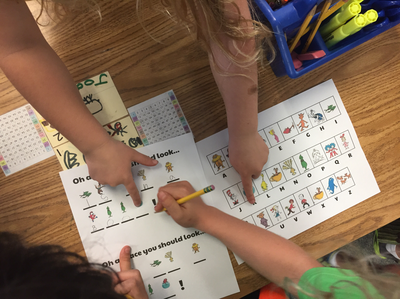
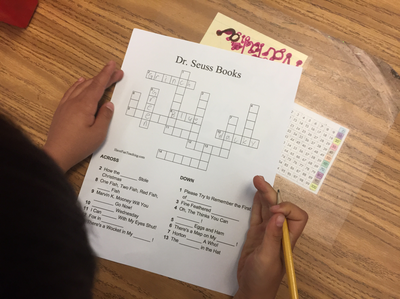
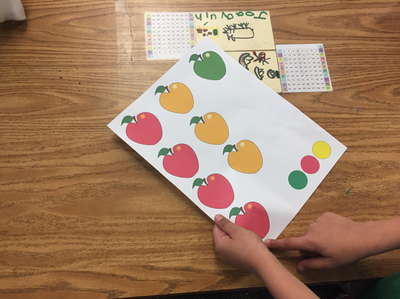
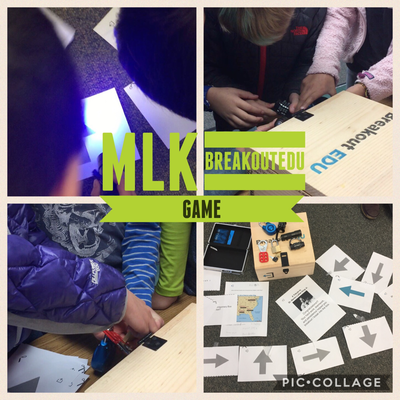
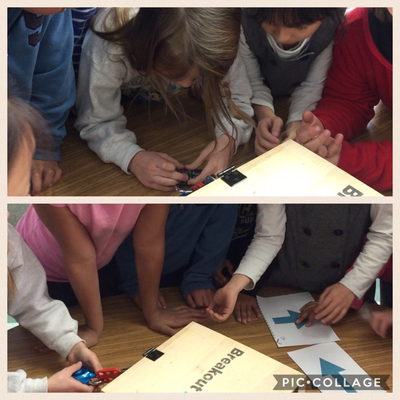
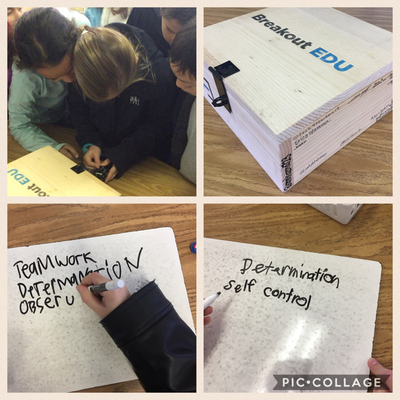
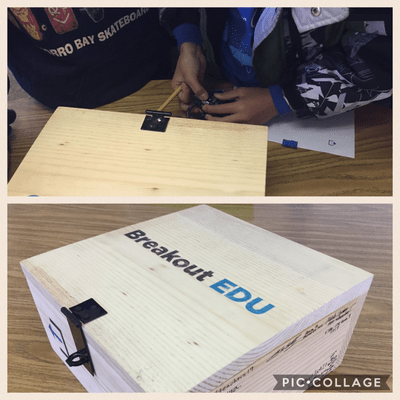
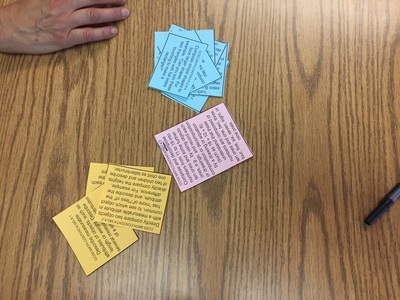
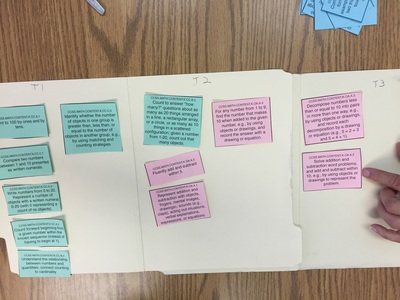
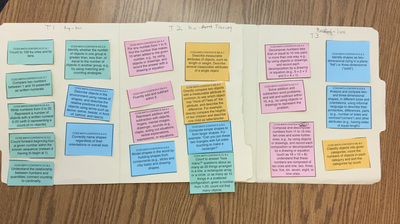
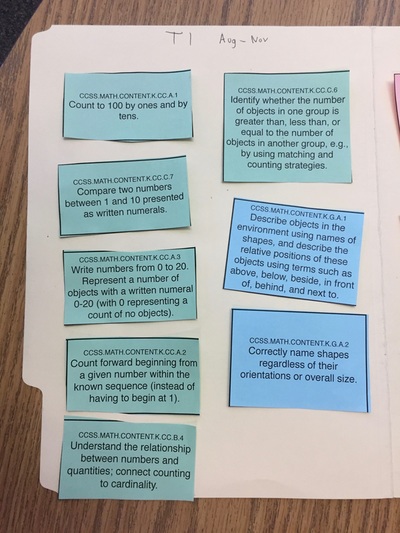
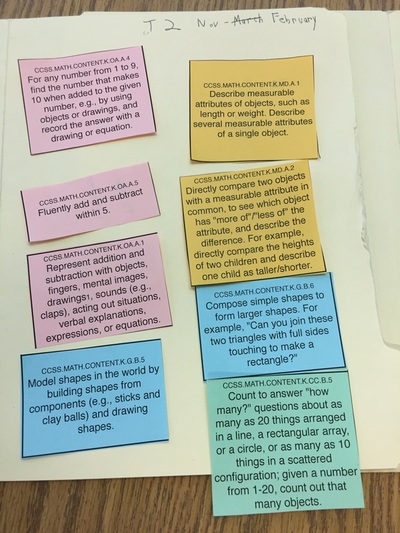


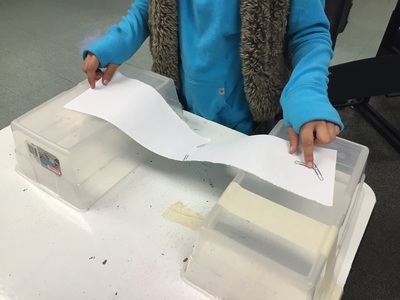
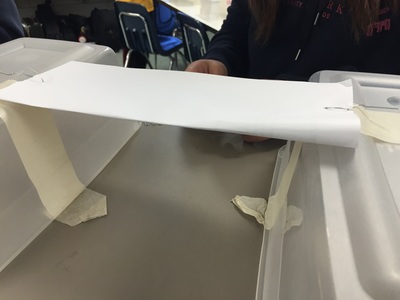
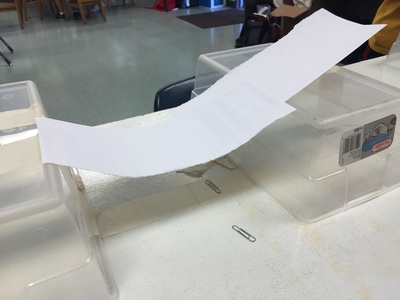
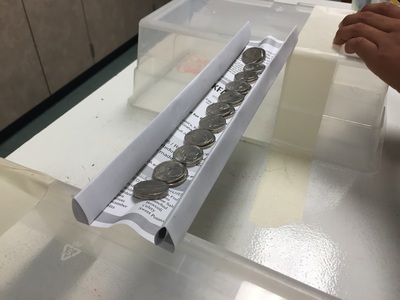
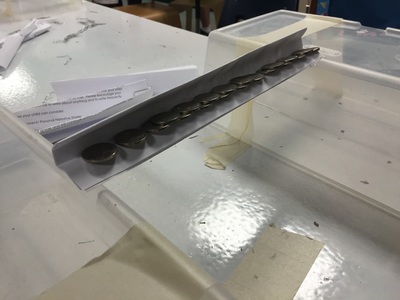
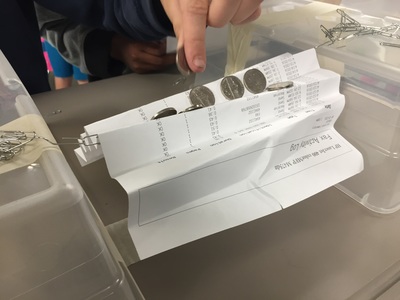
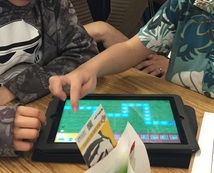
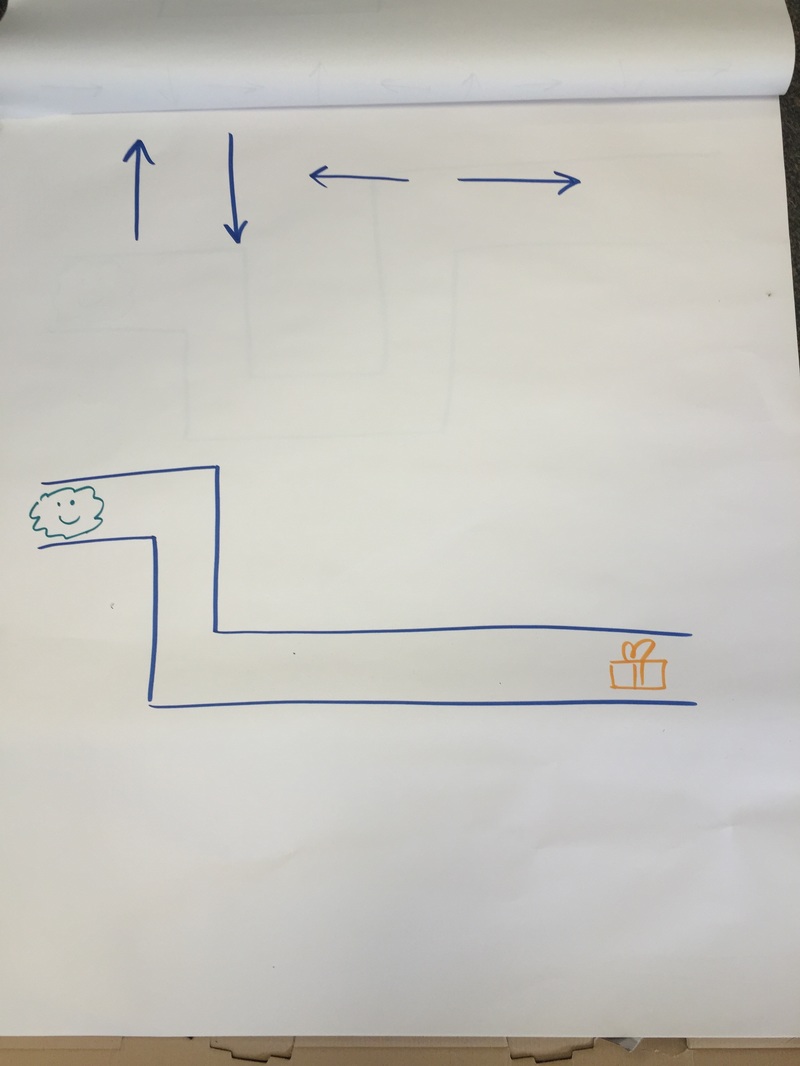
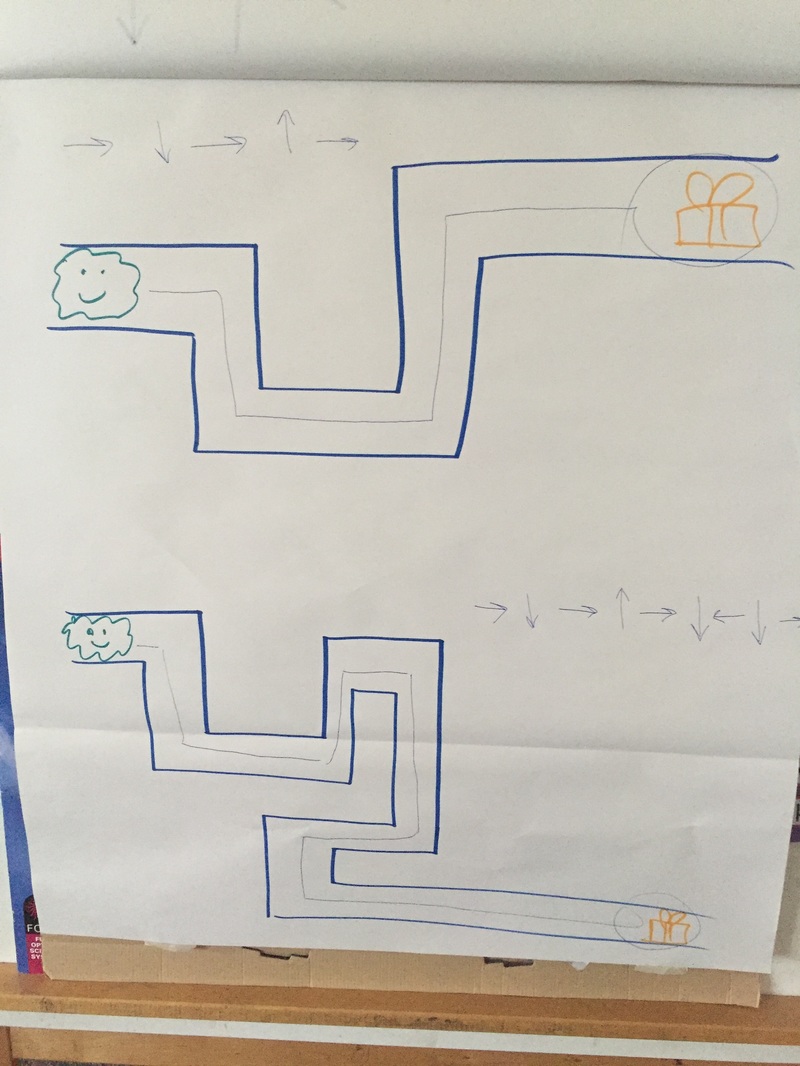
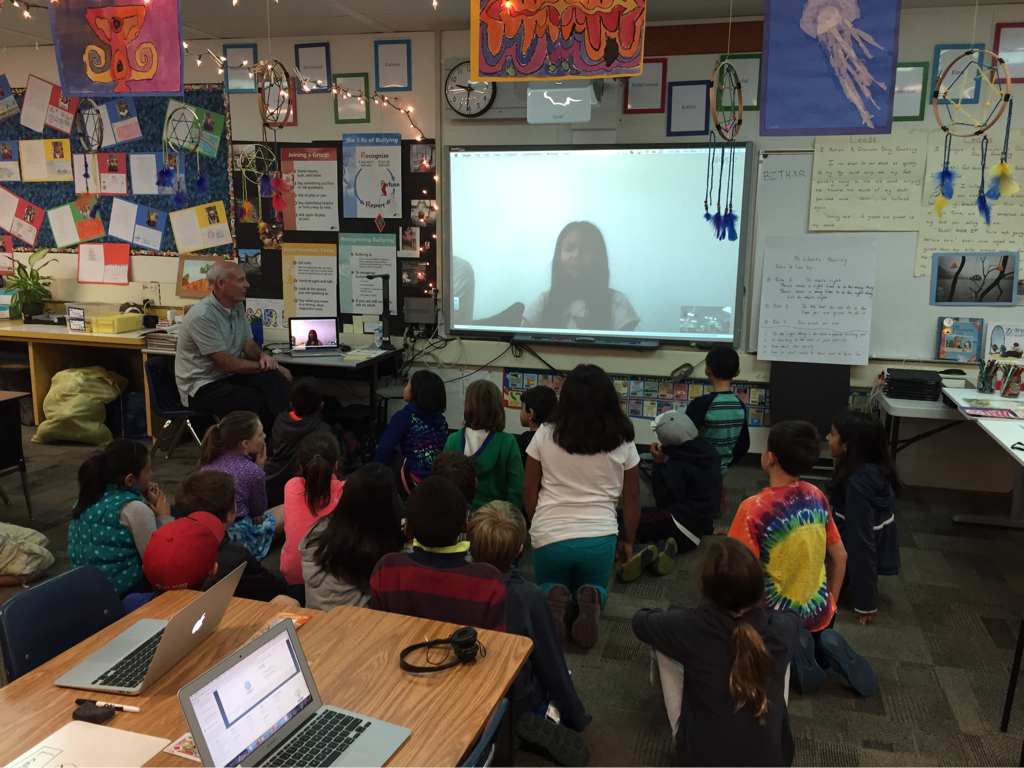
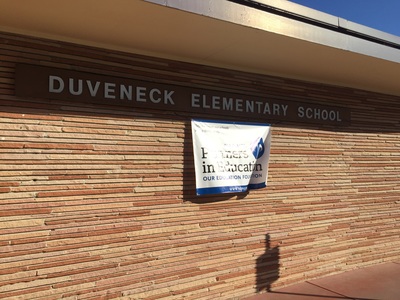
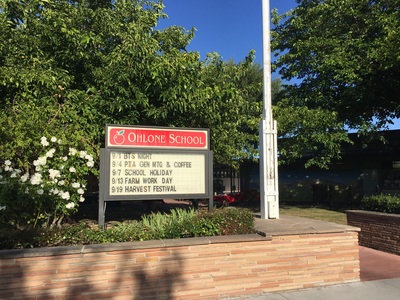
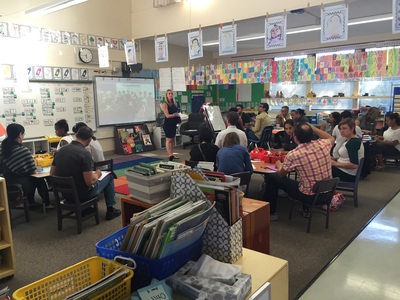
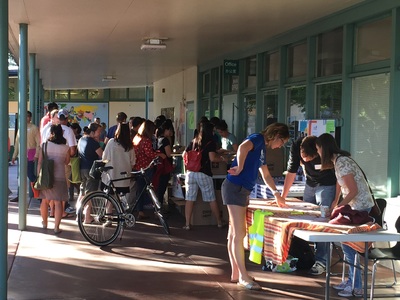
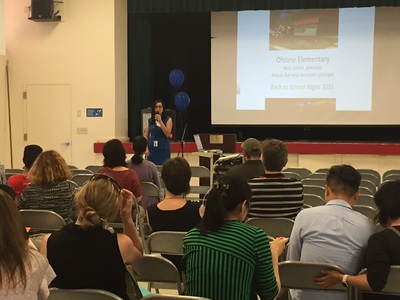
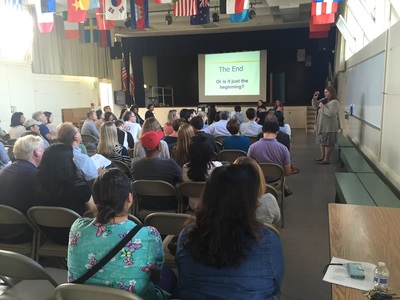
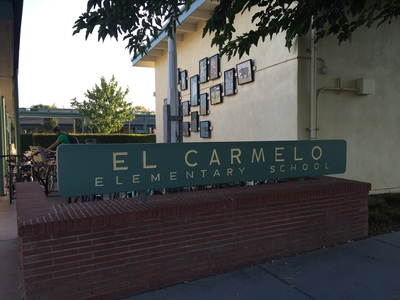
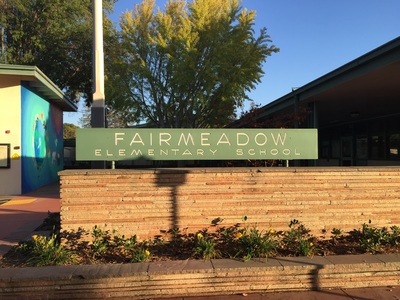
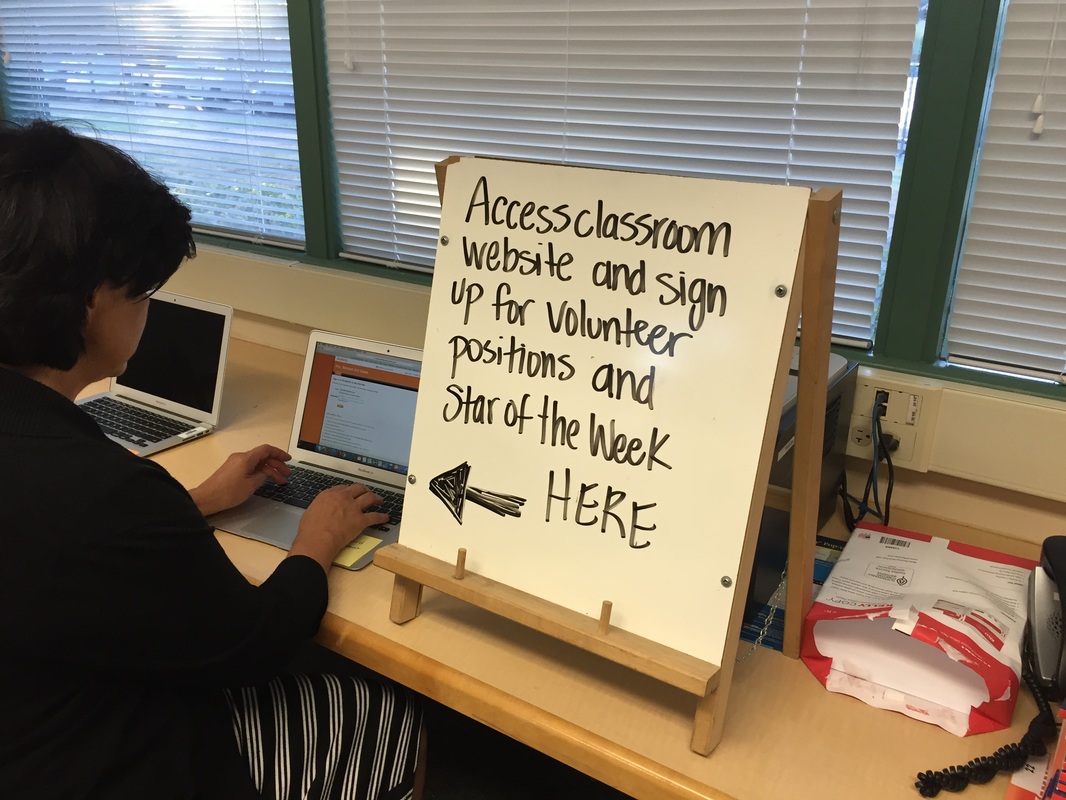
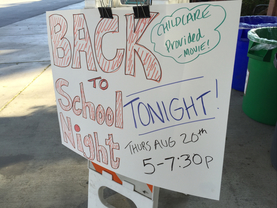
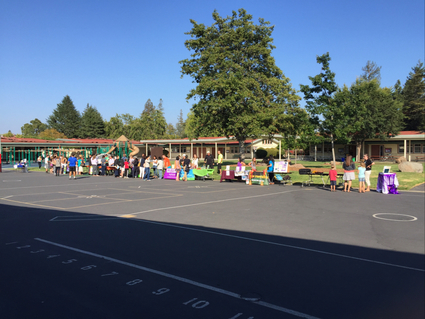
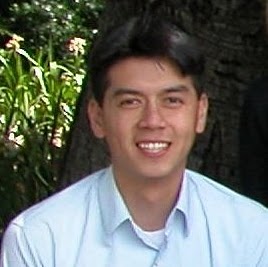
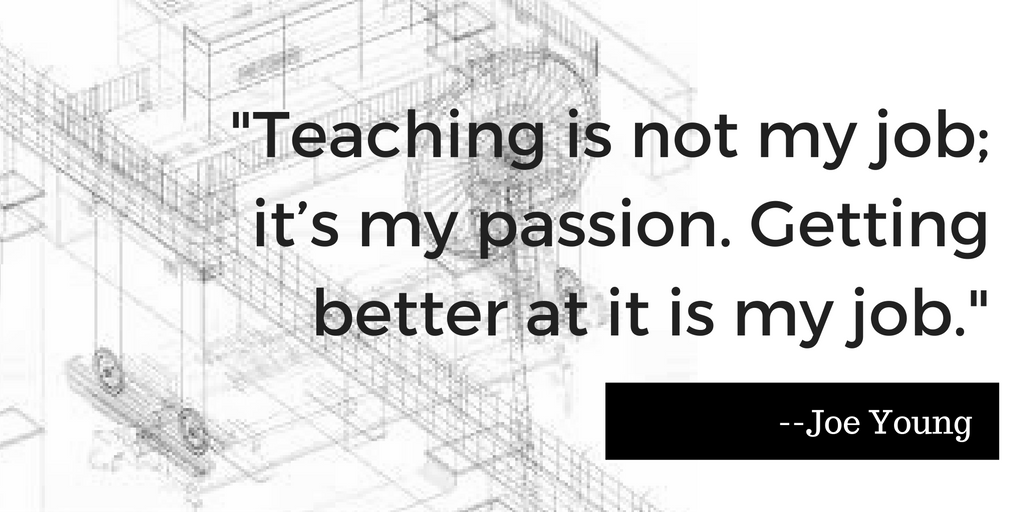
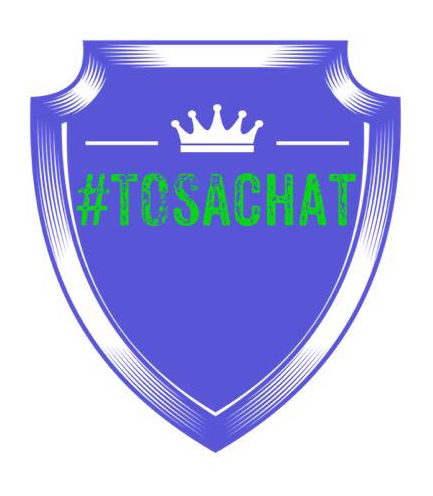
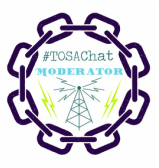
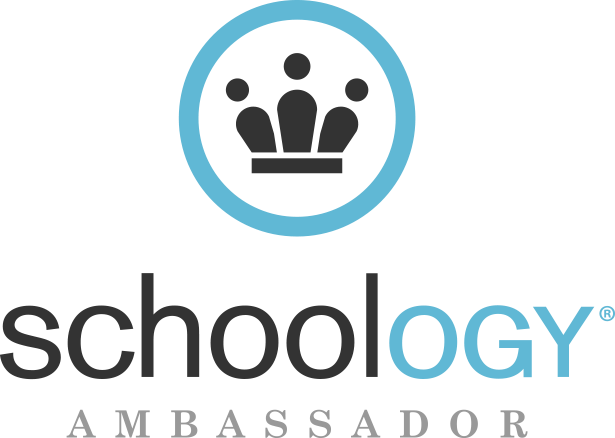
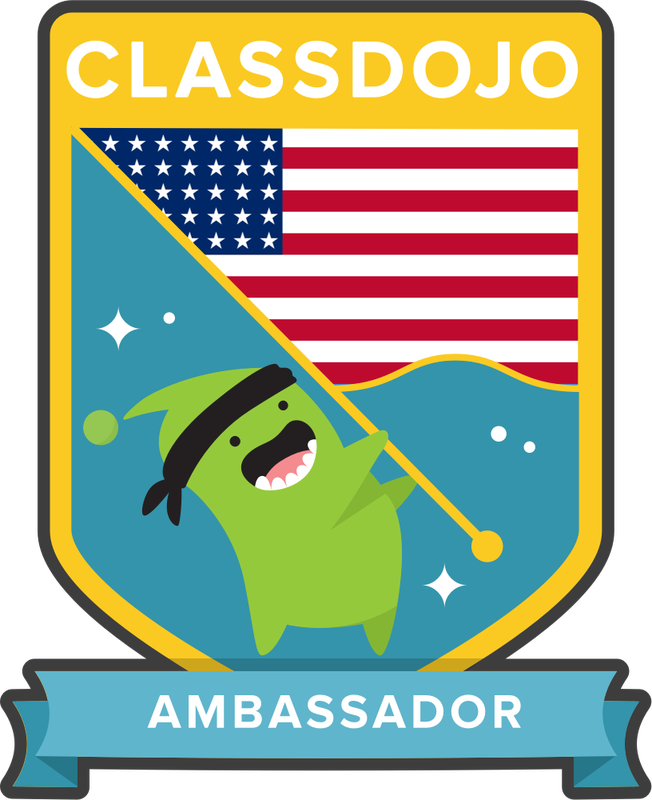
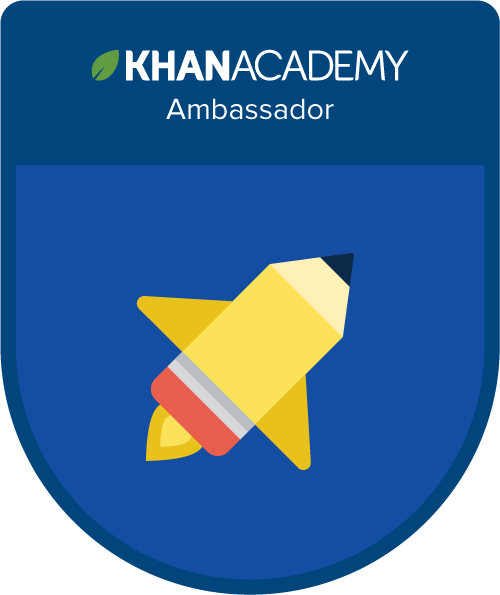
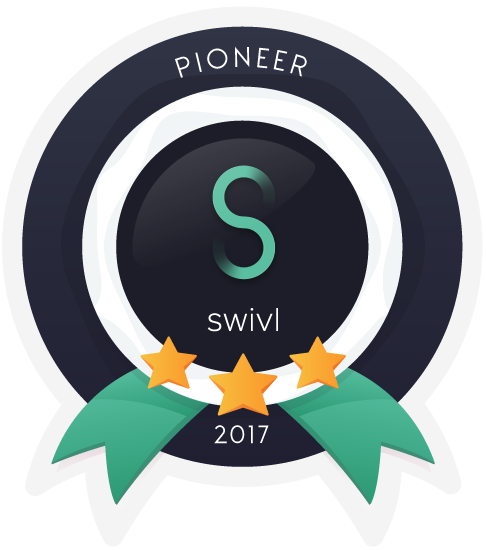
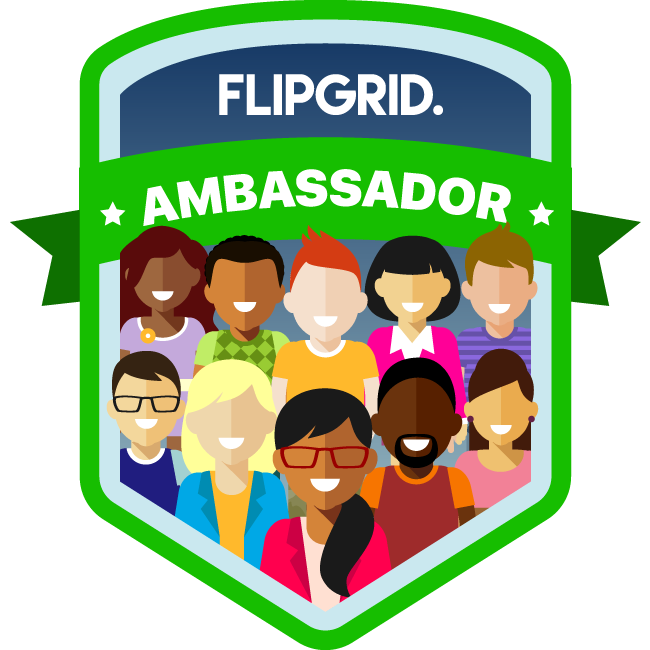
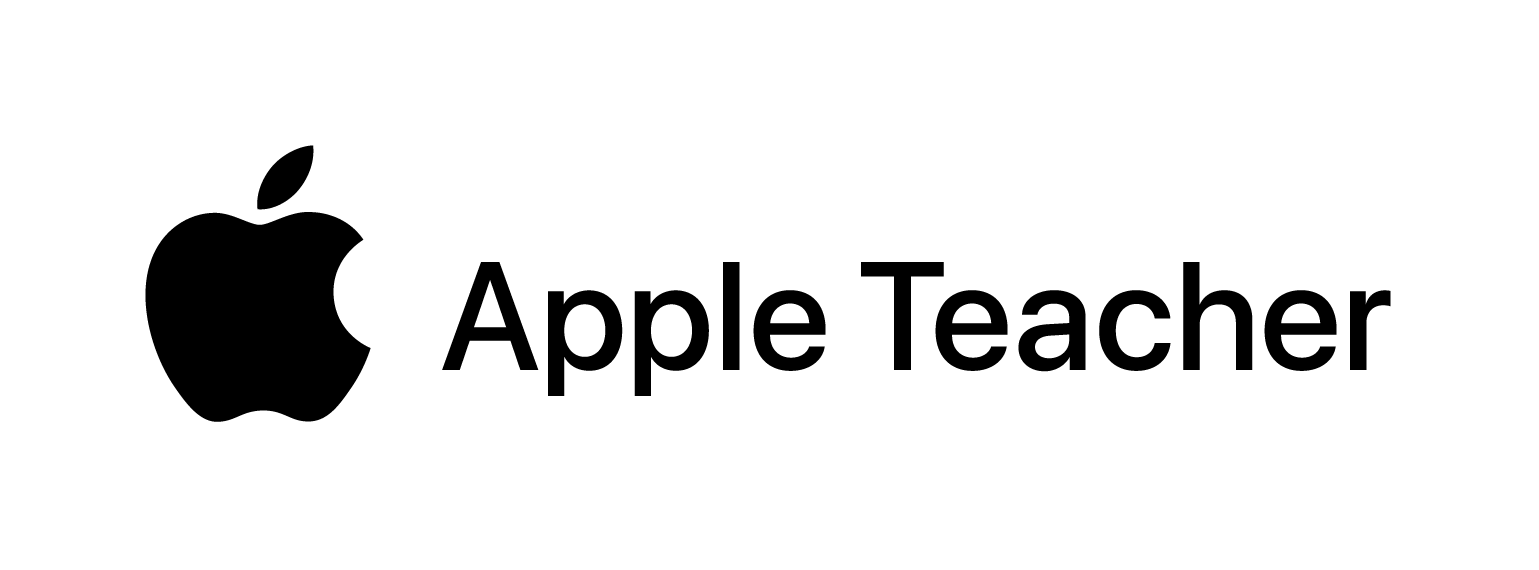
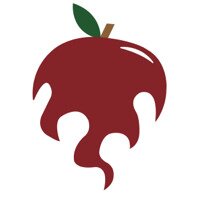
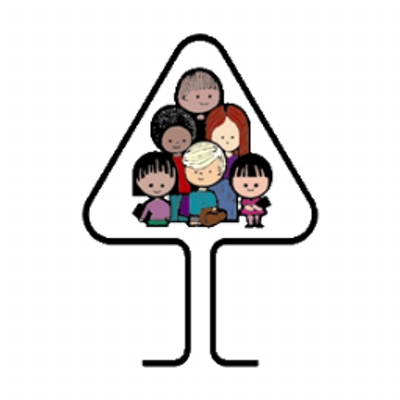
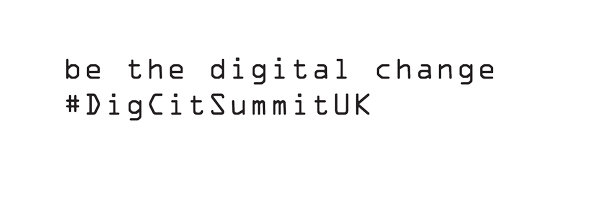

 RSS Feed
RSS Feed
